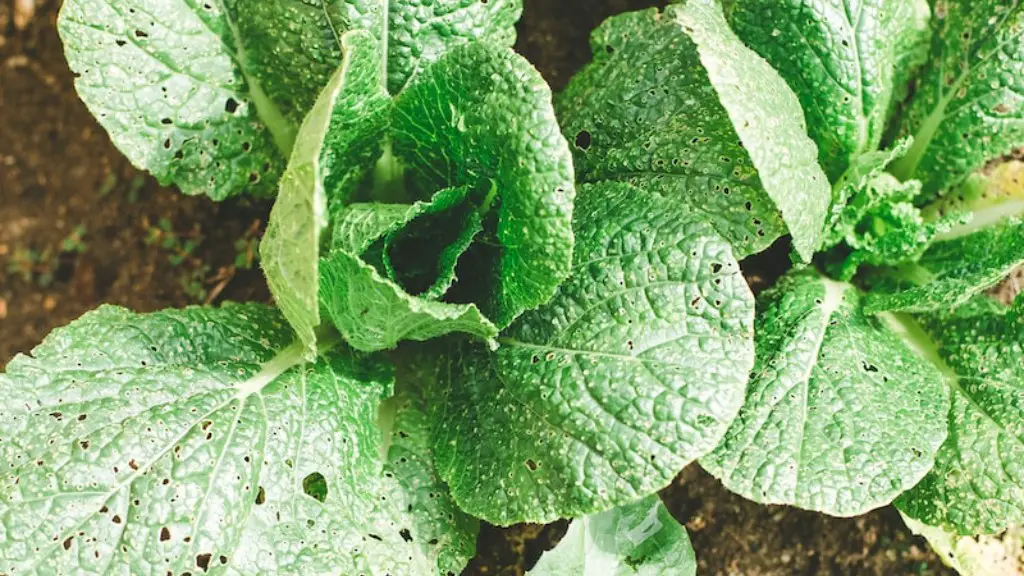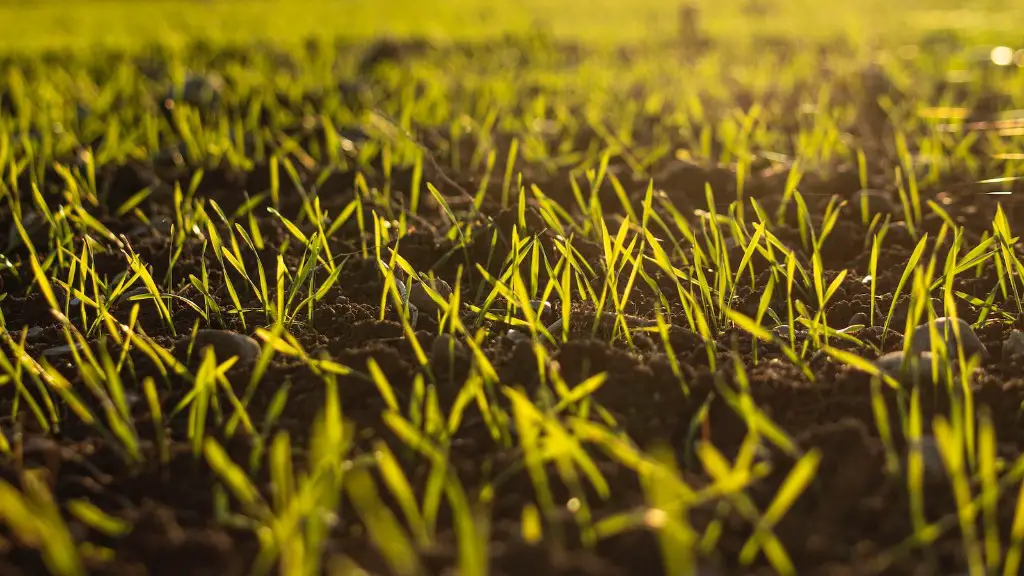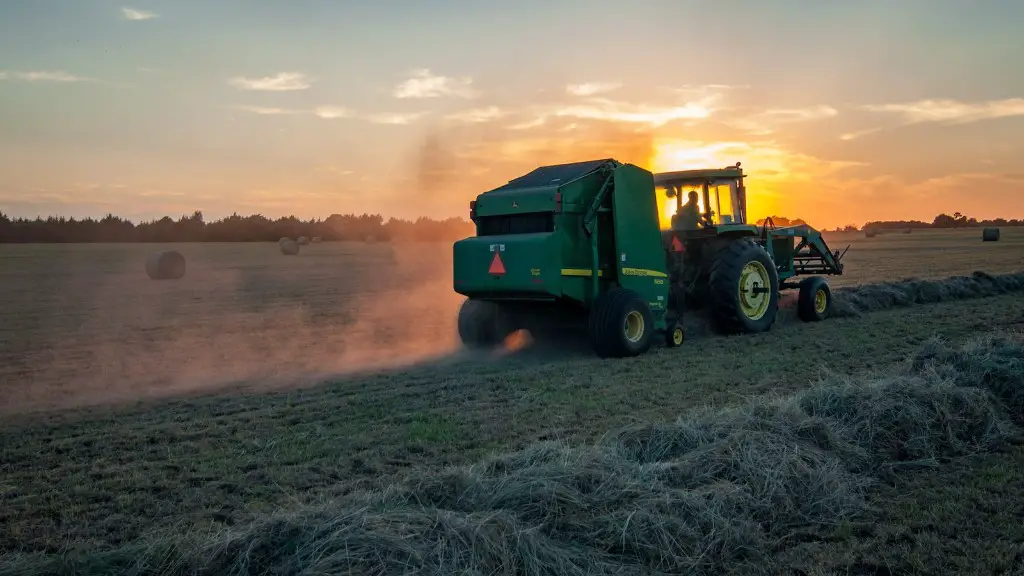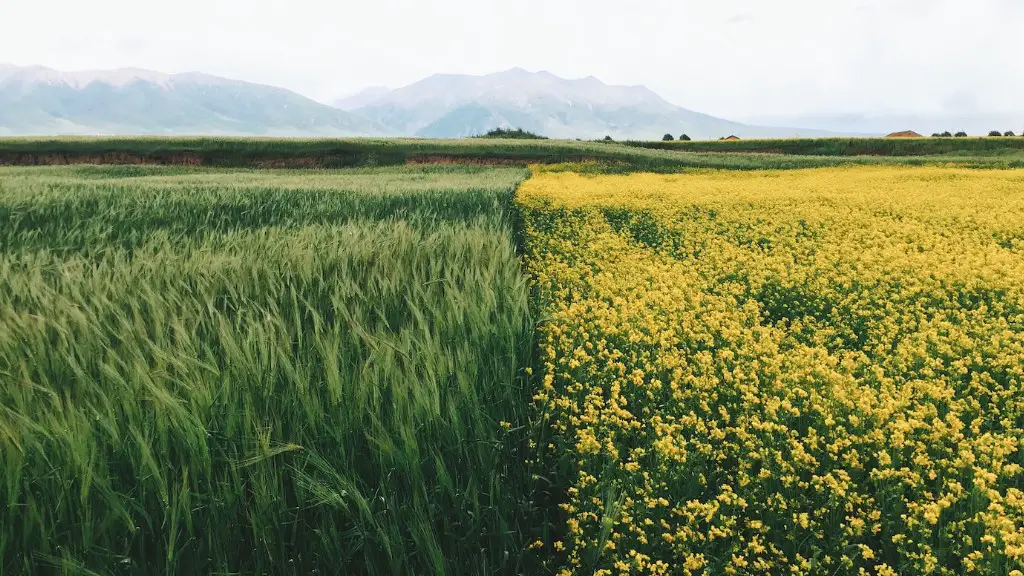Mixed farming is an agricultural system that combines crops and livestock, typically on the same farm. This system of farming maximizes the use of resources and reduces the risk of crop failure. Mixed farms are more common in Europe and Latin America, where the climate and terrain are more diverse.
Explain mixed farming
Mixed farming is a type of farming that includes more than one type of crop or livestock. For example, a farm may raise both cattle and chickens, or grow both corn and wheat. Mixed farming reduces the risk of losing all of a farm’s income if one crop fails or one type of livestock becomes sick.
What do mean by mixed farming?
The growing of food or cash crops, feed crops, and livestock on the same farm is called mixed farming. Mixed farming allows farmers to diversify their operations and reduce their risk. Mixed farming is common in many parts of the world, including Europe, Asia, and Africa.
A mixed farming system can be more difficult to control, monitor, and maintain than a monoculture system because there are multiple activities running simultaneously. This can sometimes cause one activity to hinder the other activity.
What is an example for mixed cropping
Mixed cropping is a type of agriculture where two or more crops are grown on the same land simultaneously. This is done in order to get higher yields and to improve the quality of the crops. Mixed cropping also helps to improve the soil fertility and to reduce the risk of crop failure.
Mixed cropping can be practiced in two ways: interplanting and intercropping.
Interplanting is the practice of planting two or more different crops in the same field, in alternate rows. Intercropping is the practice of planting two or more different crops in the same field, in alternate rows or in mixed patterns.
What are the three main features of mixed farming?
Mixed farming is a type of farming where both crops and livestock are raised. This type of farming is beneficial as it provides farmers with a source of income from both the sale of crops and livestock products. Mixed farming also helps to improve the soil fertility as animal waste can be used as a natural fertilizer.
It is always a good idea to have more than one source of income. This is especially true when it comes to farming. Having more than one farm can help to increase productivity and profitability. It can also help to enhance the productivity of the farmer.
What are the problems of mixed farming?
High population density and growth, severe soil erosion, farm fragmentation, a declining land holding per capita, declining soil fertility and overstocking are common traits of countries with rapidly growing populations. These countries are typically in the developing world and are experiencing rapid economic growth. As the population grows, so does the demand for food, which puts pressure on the country’s natural resources. This can lead to environmental degradation, as well as social and economic problems.
The disadvantages of intercropping systems include difficulty in management, poor irrigation and higher demand for fertilizer. These systems are also more difficult to harvest, which can lead to losses in crop yield.
Is mixed farming good for the environment
Review of potential benefits of mixed cropping:
Mixed cropping has the potential to reduce environmental impacts compared to specialised farming, based on our findings.
Mixed cropping systems can improve soil fertility, help to control weeds and pests, and increase water use efficiency. These benefits can all contribute to reducing the environmental impact of agriculture.
Mixed cropping systems may also have benefits for farmers, including increased incomes and improved risk management.
A mixed farm is a farm that grows both crops and livestock. The crops grown on a mixed farm can be used to feed the livestock, and the livestock manure can be used to fertilize the crops. Mixed farms are often more efficient than farms that only grow one type of crop or raise one type of livestock.
What is difference between mixed farming and mixed cropping?
Mixed farming is a cropping system where two or more crops are cultivated on the same piece of land simultaneously. This type of farming can be beneficial as it can help to improve soil fertility and crop yields. Additionally, mixed farming can also help to reduce the risk of crop failure as the different crops can act as a form of insurance against each other.
Mixed cropping is an agricultural practice in which two or more crops are grown together in the same space, at the same time.
The classic example of mixed cropping is the American three sisters: maize, beans, and cucurbits (squash and pumpkins). The three sisters were domesticated at different times but eventually, they were combined to form an important component of Native American agriculture and cuisine.
Mixed cropping has many benefits, including increased yield, improved soil health, greater pest and disease resistance, and more efficient use of resources.
What are the disadvantages of mixed cropping
Mixed cropping has a number of disadvantages that make it less popular than other farming methods. One of the main disadvantages is that seeds of two crops are mixed before sowing and there is no definite pattern for sowing the seeds. This can lead to problems in harvesting, threshing, marketing and consuming the products of different crops. another disadvantage is that mixed cropping generally results in lower yields than mono-cropping. This is because the different crops compete with each other for water, nutrients and space, and they also tend to have different growth rates. Mixed cropping can also be more labour-intensive than mono-cropping, as it requires more weeding and other maintenance tasks.
Multiple cropping is an age-old way of growing more than one crop on a piece of land during the year. On the other hand, modern farming methods include the usage of tubewells for irrigation, HYV seeds, chemical fertilizers and pesticides in farming. The main difference between the two is that multiple cropping is more labor-intensive, while modern farming methods are more capital-intensive.
What are the methods of mixed farming?
Mixed farming is a type of farming that involves growing both crops and animals on the same piece of land. The best known form of mixed farming is when crop residues are used to feed the animals and the excreta from the animals are used as nutrients for the crops. Other forms of mixing take place where grazing under fruit-trees keeps the grass short, or where manure from pigs is used to “feed” the fish pond. Mixed farming has many benefits, including increased efficiency and productivity, and is a key part of sustainable agriculture.
Mixed farming is a type of agriculture where different types of crops are grown on the same piece of land. The main advantage of mixed farming is that it is more efficient than growing just one type of crop.
An important aspect in promoting mixed farming is that the yield of the total enterprise is more important than the yield and/or efficiency of the parts. This is because mixed farming takes into account the interactions between different crops, and how they can help each other to grow better.
Mixed farming can help to improve the soil quality, reduce pests and diseases, and provide a more reliable source of food. It is also more resilient to weather extremes and can help to conserve water.
Where is mixed farming practiced
Mixed farming is a type of farming where the land is used both to grow food and fodder crops and rear animals. This type of farming is common in many countries around the world, including India, Europe, Argentina, Australia, the USA, South Africa, and New Zealand. Mixed farming has many benefits, including the fact that it can help to improve soil fertility and provide a more reliable source of food and income.
Mixed cropping refers to the practice of growing two or more different crops on the same land at the same time. Mixed cropping has a number of advantages, including the following:
1. It reduces the risk of crop failure due to environmental stress:
When crops are grown together, they can better withstand environmental stresses such as drought or floods. This is because the different crops will have different root systems, and so can access different water sources.
2. Pest infestation of crops is greatly reduced:
Pests are often specific to one type of crop, and so growing a mix of crops makes it more difficult for pests to get a foothold. This is because the pests will have to spread themselves thin in order to survive.
3. It increases soil fertility:
Mixed cropping can help to increase soil fertility as different crops will add different nutrients to the soil. This helps to create a more diverse and healthy soil ecosystem.
4. It increases the yield of both the crops due to complementary effect of each crop:
The different crops in a mix can often complement each other, resulting in increased yields for both crops. For example, one crop may attract pollinators which will then also poll
Final Words
Mixed farming is a type of agriculture where both crops and livestock are raised on the same piece of land. This is opposed to specialized farming, where either crops or livestock are raised on separate pieces of land.
Mixed farming is a type of farming that combines crops and livestock. This type of farming is widely practiced around the world and is considered to be one of the most efficient and sustainable ways to produce food.





